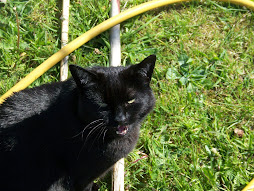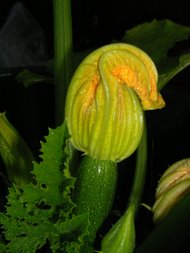What a To Do I had at the Allotment
Just in case it appears to have vanished into thin air, I'm posting a short update on last year's adventures at the allotment. I kept visiting the plot regularly until around May, by which time I'd finished all the major weeding and tidying which pulled it back to looking like a reasonably well managed plot. Technically it wasn't actually my allotment, but I was using the larger part of it in return for keeping it in a good state, thus saving it's 80 plus year old owner from getting untidy notices. So it was the end of May when I inadvertently crossed the invisible line and oops I dared to plant stuff. It quickly became clear that this was unacceptable. I received a stern talking to from the steward who let me know that as I wasn't an official allotment keeper I could weed and tidy but not plant. He'd been asked to tell me that the other allotment holders would all be keeping a close eye on me from now on. Being watched was one thing, but on my next visit it became apparent that other regulars had ceased to speak to me, and instead of an Hello I got lots of cold icy stares. It worked. I left and decided to concentrate my efforts in my garden for now. I've been on a waiting list for one of those allotments for three years, though now I wouldn't want one. Last summer there were still nine in front of me on the list and no one had given up a plot for the last two years, with most of the longstanding plot-holders having two or three plots each. Hopefully the new Landshare initiative will free up some space elsewhere in the locality. Happy Gardening!




